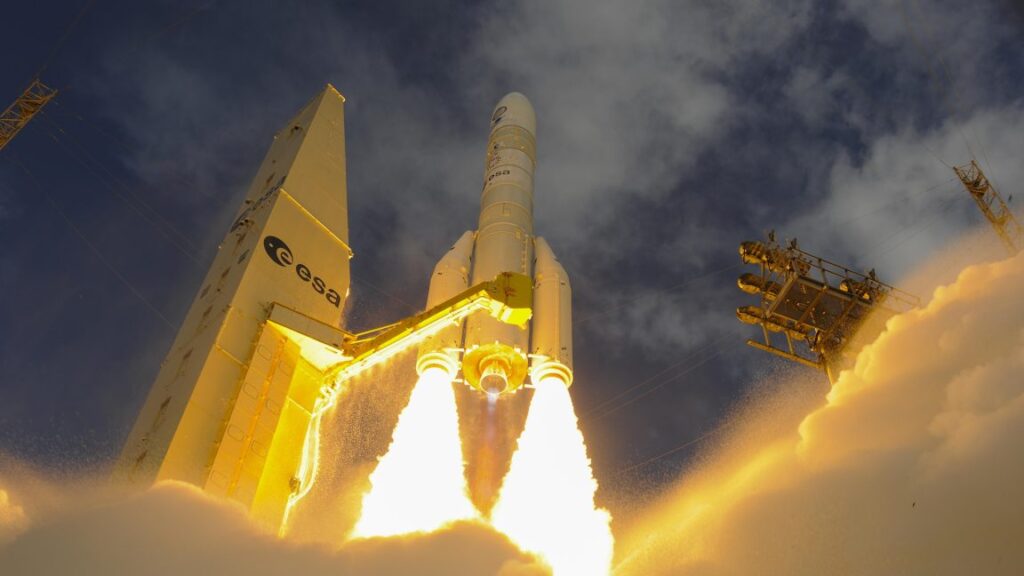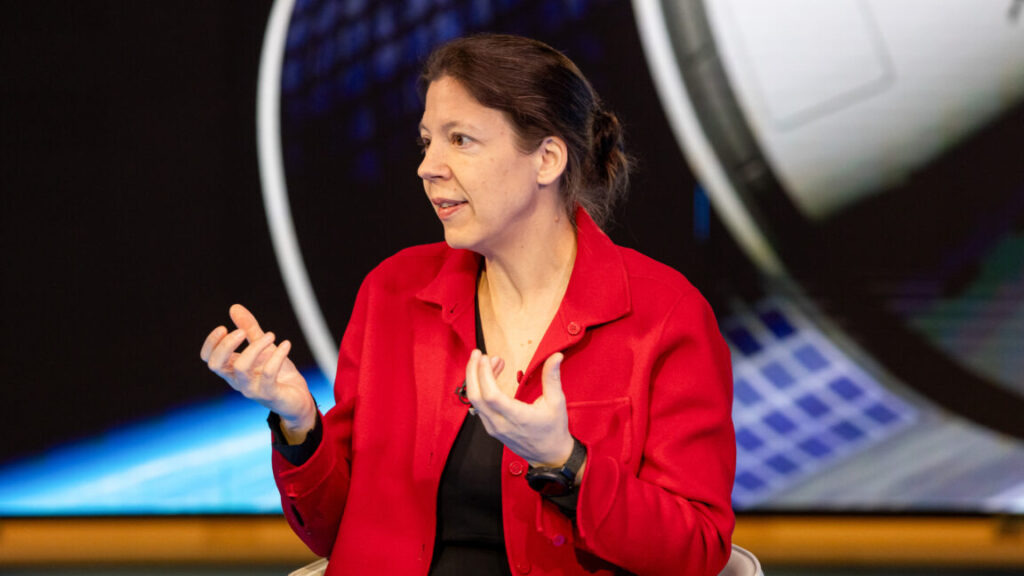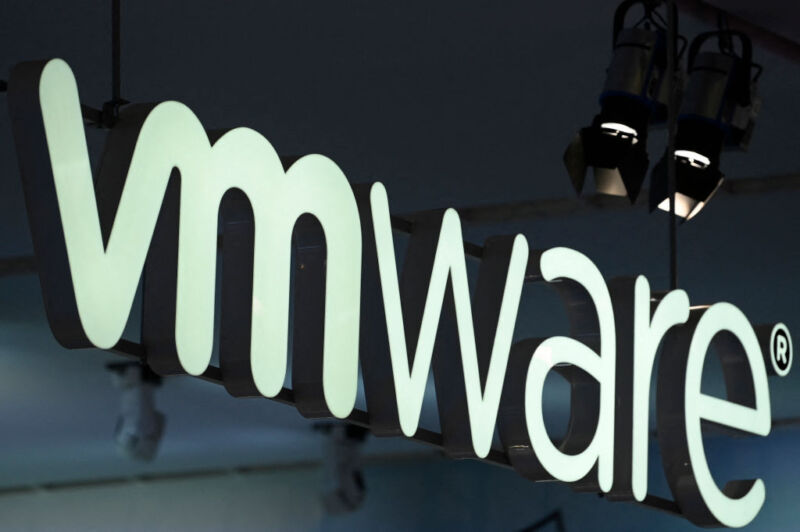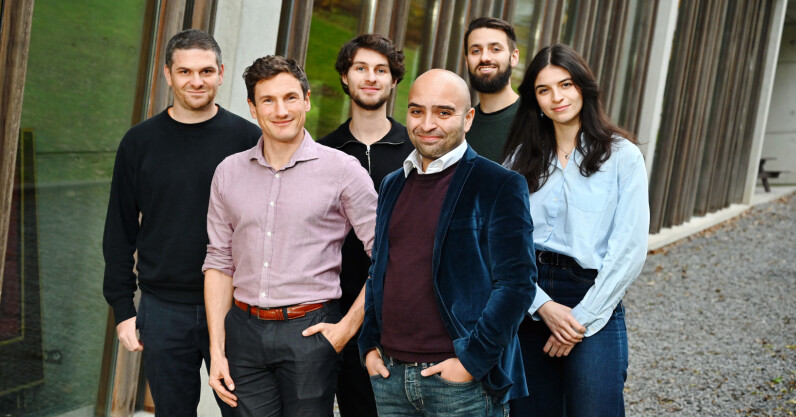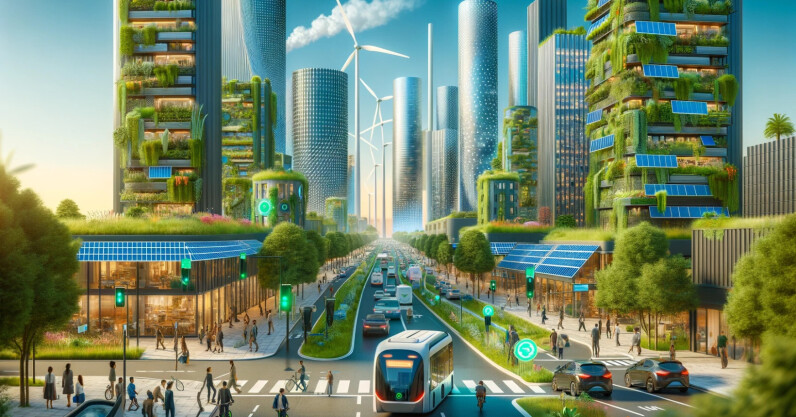With COP28 underway in Dubai making it again glaringly obvious just how little lawmakers are prepared to bend for the sake of future generations of Earthlings, the release of the first “green filter” generative AI search chatbot could not have been more timely.
Berlin-based Ecosia, the world’s largest not-for-profit search engine, hopes the launch of its new product will assist users in making better choices for the planet, and further differentiate its offerings from the “monolithic giants” of internet search.
Powered by OpenAI’s API, Ecosia’s chatbot has a “green answers” option. This triggers a layered green persona that will provide users with more sustainable results and answers. Say, suggest train rides over air travel.
GenAI + DMA = search market disruption?
Ecosia, which uses the ad revenue from its site (read, all its profits) to plant trees across the globe, is among the first independent search engines to roll out its own GenAI-powered chatbot. When speaking to TNW last month, Ecosia founder and CEO Christian Kroll stated how important it was for small independent players to stay up to date with the technology.
Further, he highlighted the opportunities generative AI could present in terms of disrupting the status quo in the internet search market. “I think there is potential for us to innovate as well — and maybe even leapfrog some of the established players,” he said.
Upon the launch of the company’s “green chatbot,” Kroll today added that the past year had introduced more change to the internet search landscape than the previous 14 combined (Ecosia was founded in 2009). “Generative AI has the potential to revolutionise the search market — no longer does it cost hundreds of billions to develop best-in-class search technologies,” he said, adding that Ecosia was targeting a “global increase in search engine market share.”
Something else that could potentially disrupt the market is the coming into play of the EU Digital Markets Act. From March 2024 onwards, consumers will no longer be “encouraged” to use default apps on their devices (say Safari web browser on an iPhone, or Google Maps on an Android device). This may come to include offering users a “choice screen” when setting up a device, which would invite them to select which browsers, search engines, and virtual assistants to install, rather than defaulting to the preferences of Apple and Android. Ecosia says it is “pushing hard” for this provision.
Green chatbot powered by clean energy
Many companies pay lip service to sustainability. Ecosia actually puts its money where its mouth is. A few years ago, its founder turned Ecosia into a steward-owned company. This means that no shares can be sold at a profit or owned by people outside of the company. In addition, no profits can be taken out of the company — as previously mentioned, all profits go to Ecosia’s tree-planting endeavours.
“It [tree planting] is one of the most effective measures we can take to fight the climate crisis. But unfortunately, it’s often not done properly. So that’s why it also gets a lot of criticism,” Kroll told TNW.
“We’re trying to define the standards of what good tree planting means. So first of all, you count the trees that survived, not just the ones that you have planted — then you also have to check on them.” This, we should add, falls under the purview of Ecosia’s Chief Tree Planting Officer. To date, the community has planted over 187,000,000 trees and counting.
In addition, Ecosia’s search engine is powered by solar energy — accounting for 200% of the carbon emitted from the server usage and broader operations.
LLMs and CO2 are still an undisclosed relationship
You may ask how adding generative AI to a search function is compatible with an environmental agenda. After all, Google’s use of generative AI alone could use as much energy as a small-ish country.
Ecosia admits that it does not yet have “oversight of the carbon emissions created by LLM-based genAI functions,” since OpenAI does not openly share this information. However, initial testing indicates that the new GenAI function will increase CO2 emissions by 5%, Ecosia said, for which it will increase investment in solar power, regenerative agriculture, and other nature-based solutions.
Environmental credentials aside, a search engine still has to perform when it comes to its core function. “For us to compete against monolithic giants that have a 99% market share, we have to offer our users a product they’ll want to use day in, day out,” Michael Metcalf, chief product officer at Ecosia, shared. “That means not only offering a positive impact on climate action, but a best-in-class search engine that can go head-to-head with the likes of Bing and Google.”
Metcalf added that user testing had shown very positive feedback on the company’s sustainability-minded AI chatbot. “We’re going to market with generative AI products before peers precisely because we want to grow: Grow our user base, grow our profits, and then grow our positive climate impact — which is mission critical for our warming planet.”


